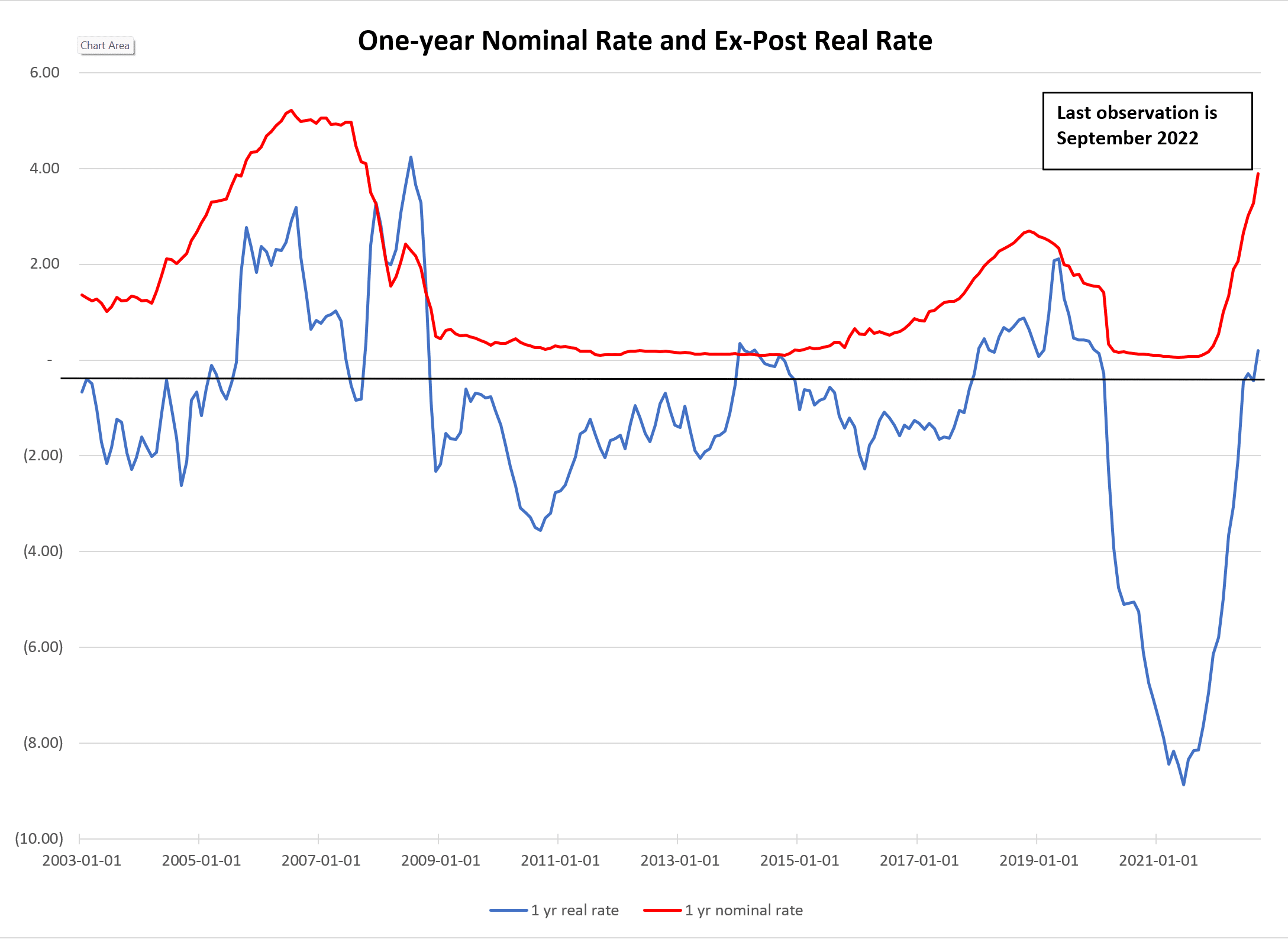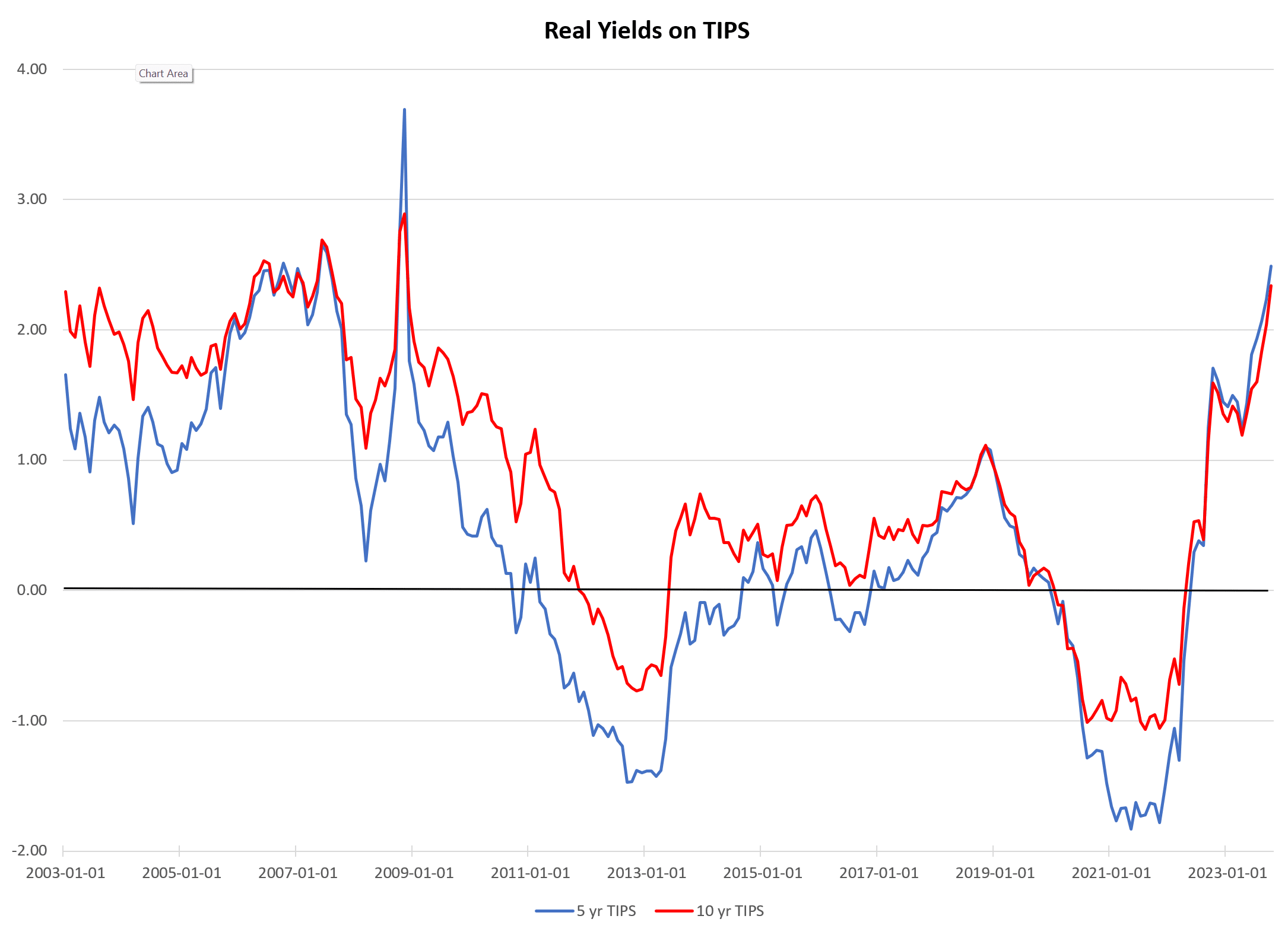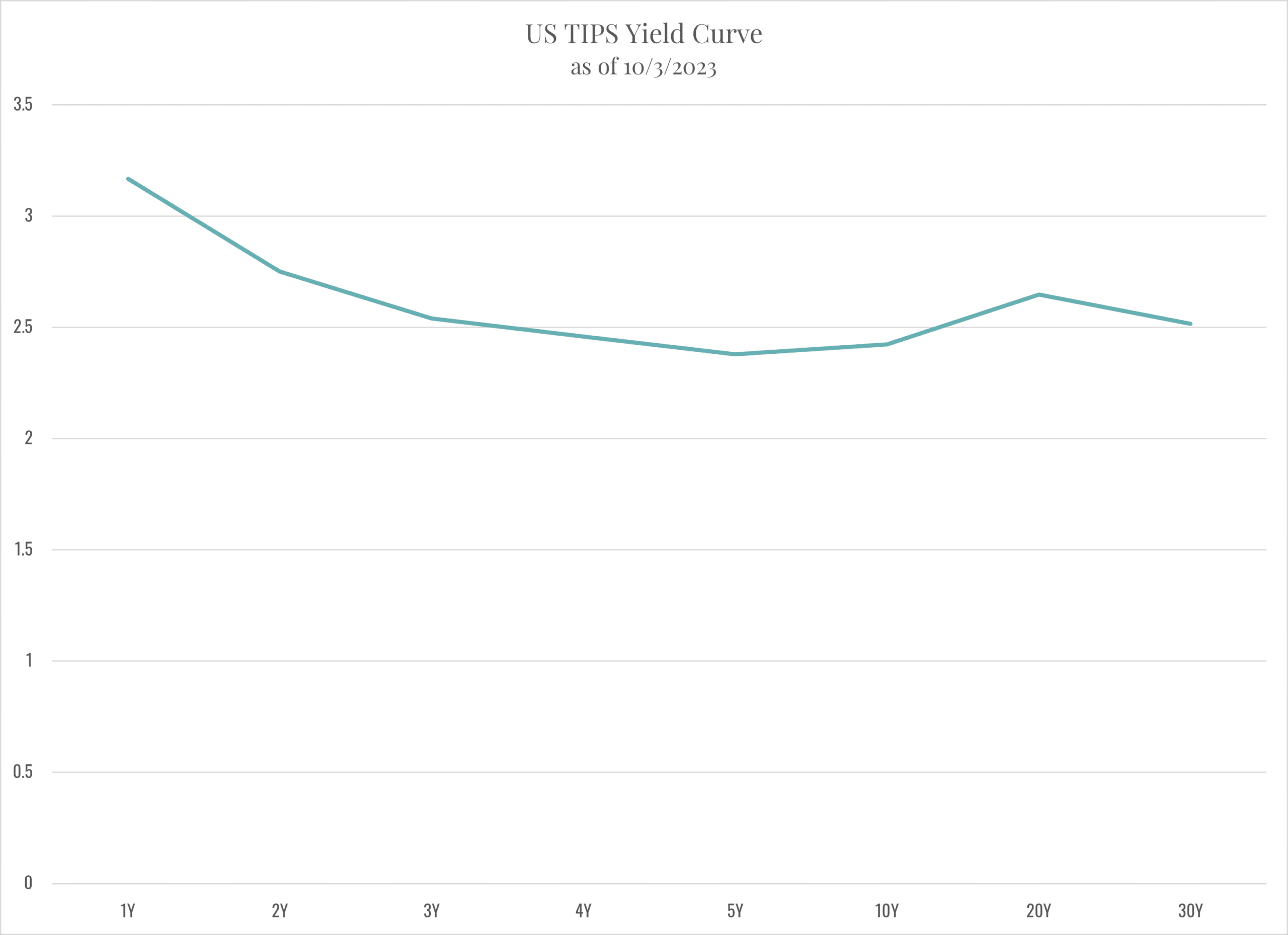In this video, we explore the history of the CAPE (Shiller PE) ratio, how it’s…
#53 Reflections on Investing : Real Interest Rates
Real Interest Rates have an immense impact on the stock market as well as the bond market. Nonetheless, they are widely misunderstood.
Hello and welcome back to Reflections on Investing with the Cornell Capital Group. And today we’re going to talk about the real interest rate. I use the word “the real interest rate” as if there were one, there isn’t. When people talk about the real interest rate, they tend to be very sloppy, and that sloppiness can be disastrous for investors because the implications depend a lot on how that real interest rate is defined.
So, let’s go back to step one and work through a simple example. Then, I’ll give you some data. Suppose that you’re investing for one year in a one-year Treasury security that has a nominal yield of 5%. Nominal means that if you invest $100 now, next year you’ll get back $105. That’s the nominal yield, but when you get that $15 back, it may not be able to purchase as much as it would have if you had $105 at the beginning, and that’s because of inflation.
So, let’s say that inflation over that year turns out to be 3%. You start with $100 invested, you get $105, but those dollars have lost 3% of their purchasing power, so you effectively have $102 of purchasing power. And that represents a real return, adjusted for inflation, of 2%.
Now, let’s talk about how we might measure real interest rates. Let’s go back to the beginning, where you’re thinking of making the investment and the Treasury security is going to earn 5%. What do you think your real rate’s going to be? Well, that depends on what you expect inflation to be over the next year. If you’re expecting 2% inflation, then you’re expecting a real rate of return of 3%. But inflation might not turn out to be 2%. It might be 4%. So, the expected real return at the beginning is an expected value. It is not a certainty. Let’s call that the expected real rate.
And one problem with that is, who’s doing the expecting? Is it you? Is it me? Is it some professional economists? Is it the Federal Reserve? We might all have different expectations. So, let’s put that aside. We’ll call that the expected real rate and move on to what we call the ex post real rate. That’s the actual real rate you achieve. And you don’t know that until the year has passed.
You started with your $100. You ended with $105. And over that year, let’s say the inflation rate was 3%. Then, your ex post real rate is 2%. Had the inflation been 4%, your ex post real rate would have been 1%. Had the inflation been 2%, it would have been 3%, and so forth.
Well, we have some data for you on what the ex post real rate actually was in the United States during the last 20 years. And that’s shown on the current chart. The red line is the nominal real rate that you got when you invested at the beginning of the year. The blue line is the real rate that you actually achieved. And you can see that the nominal rate, of course, is always positive, but in very recent years, it’s been very low.

But from the period of time beginning with the end of the financial crisis, the ex post real rate on one-year Treasury investments was almost uniformly negative. And in the period of 2021 and early 2022, it was as low as -8%.
You would suspect that that would have impacts on all the financial markets, and in a future Reflections, we’ll talk about those impacts. But for now, that’s the way it looks.
Now, there’s a third measure of the real interest rate, and that comes from United States Treasury Securities. The United States Treasury actually issues securities with fixed real rates. They’re called TIPS, or Treasury inflation-protected securities.
Our next chart shows the real returns on five- and 10-year constant maturity Treasury securities. And you can see that up to the time of the financial crisis, the Treasury paid you a real rate of about 2% to 2.5%. And they reimbursed you for any inflation that occurred over the time that you held the security. So, the 2% to 2.5% is a real return.

That is, if you bought the security, you had to pay the government in purchasing power. Remarkably, in the last month or two, the real returns have returned to about 2 and a half percent, and that’s over the next 5 to 10 years. So, the markets are looking at a very different long-run future now than they were as recently as a year ago.
This is likely to have impacts on investment markets throughout the economy. And there’s one final thing that I’d like to present today, and that’s called the term structure of real interest rates. That is, what if you invest for a year? What will the Treasury pay you in real terms, or two years, or 5 years, or 10, or even 20?
The final chart here shows the term structure of US Treasury real returns on their TIPS. And it’s interesting: it’s a little highest at the short end right now, at about 3% at one year. But once you get to two or three years, it’s two and a half percent, and it’s two and a half percent all the way out to 30 years. So, depending on your horizon, Treasury inflation-protected securities are something you might want to consider because you would be sure of achieving a real return of about 2 and a half percent.

Now, all of this has important implications for the markets generally, but we’ll have to put that off for a later Reflections on Investing. Thanks for joining us today. I hope this has been useful.



